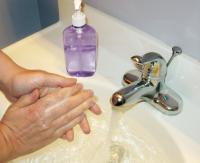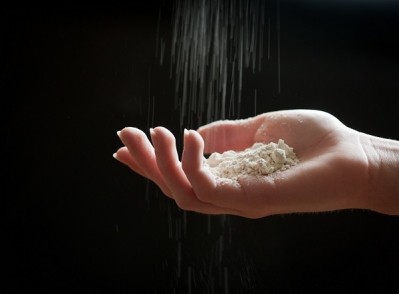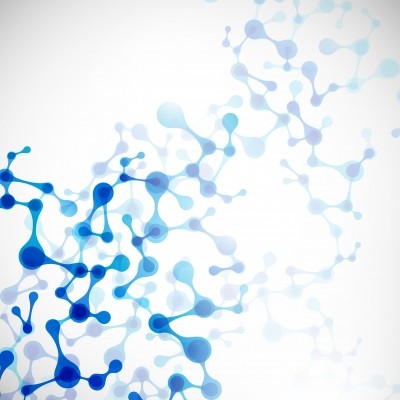New research highlights environmental threat from triclosan

Report findings from a team of scientists at the Cary Institute of Ecosystem Studies, based in Milford, New York and the University of Illinois Sustainable Technology Center, have been published in the journal Environmental Science and Technology outlining evidence that may support this claim.
Triclosan first appeared in the 1960s as an anti-bacterial agent designed to slow or stop the growth of bacteria, fungi and mildew.
The ingredient has become popular for personal care products that incorporate anti-bacterial agents, particularly liquid soap hand sanitizers, as well as toothpaste, deodorants and cosmetics, and is also used extensively in medical environments.
Building on body of research highlighting environmental impact of triclosan
Previous research that has focused on the effects of triclosan on the environment have shown that it enters waterways such as streams and rivers through domestic wastewater, leaks in sewer systems and sewer overflows.
In many cases such circumstances result in untreated sewerage flowing directly into rivers and streams.
But the New York researchers have concentrated their studies on highlighting the effects of what this leaked triclosan has on the waterways where traces of it are detected.
Pollution has 'real environmental consequences'
"The bacterial resistance caused by triclosan has real environmental consequences,” said Emma Rosi-Marshall, study co-author and an aquatic ecologist at the Cary Institute of Ecosystem Studies.
“Not only does it disrupt aquatic life by changing native bacterial communities, but it's linked to the rise of resistant bacteria that could diminish the usefulness of important antibiotics."
The research included field studies conducted in three sites in the Chicago metropolitan area, in which it was concluded that urbanization correlated to a rise in both triclosan concentrations in sediments, combined with a higher proportion of bottom-dwelling bacteria resistant to triclosan.
The research underlined that the main source of triclosan pollution in the Chicago areas studied was untreated sewerage, but equally underlined that sewerage treatment plants can effectively remove triclosan from waste water.
Pollution levels dependent on sewage treatment
"We detected much lower levels of triclosan at a site downstream of a sewage treatment facility as compared to a site downstream of combined sewer overflows,” said John Kelly of Loyola University Chicago, the paper's senior author.
“And we demonstrated a strong link between the presence of triclosan in the environment and the development of triclosan resistant bacteria."
Ultimately, the research underlines the threat to aquatic life caused by triclosan exposure and the resulting increase in triclosan-resistant bacteria, as well as a decrease in the diversity of benthic bacteria and a shift in the composition of bacterial communities, resulting in a 6-fold increase in cyanobacteria and a dramatic die-off of algae.
"Cyanobacteria are less nutritious than algae and can produce toxins,” said Rosi-Marshall. “In triclosan-polluted streams and rivers, changes in microbial communities could negatively affect ecological function and animal communities."









